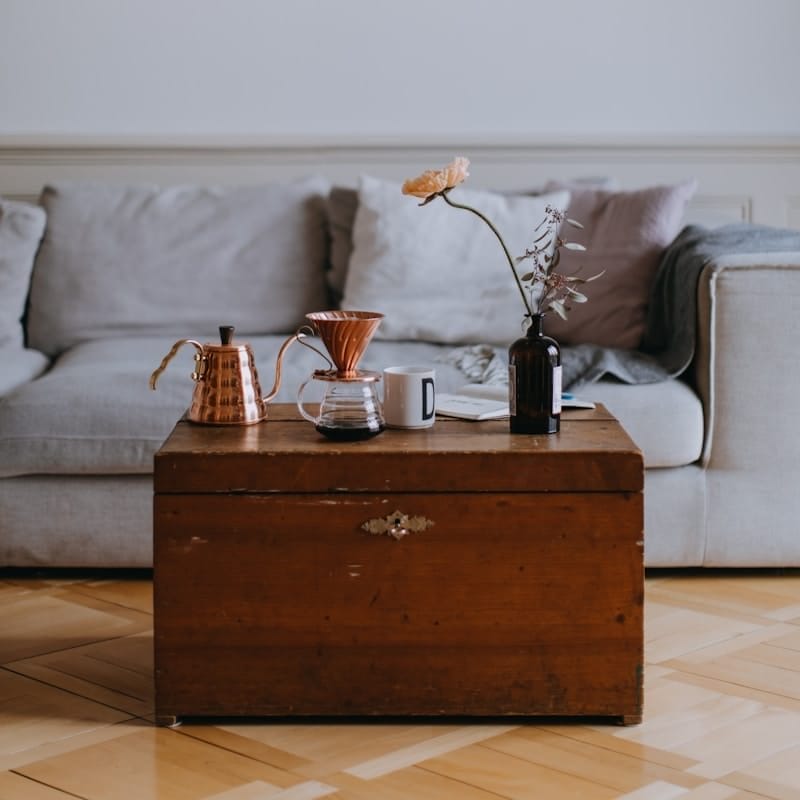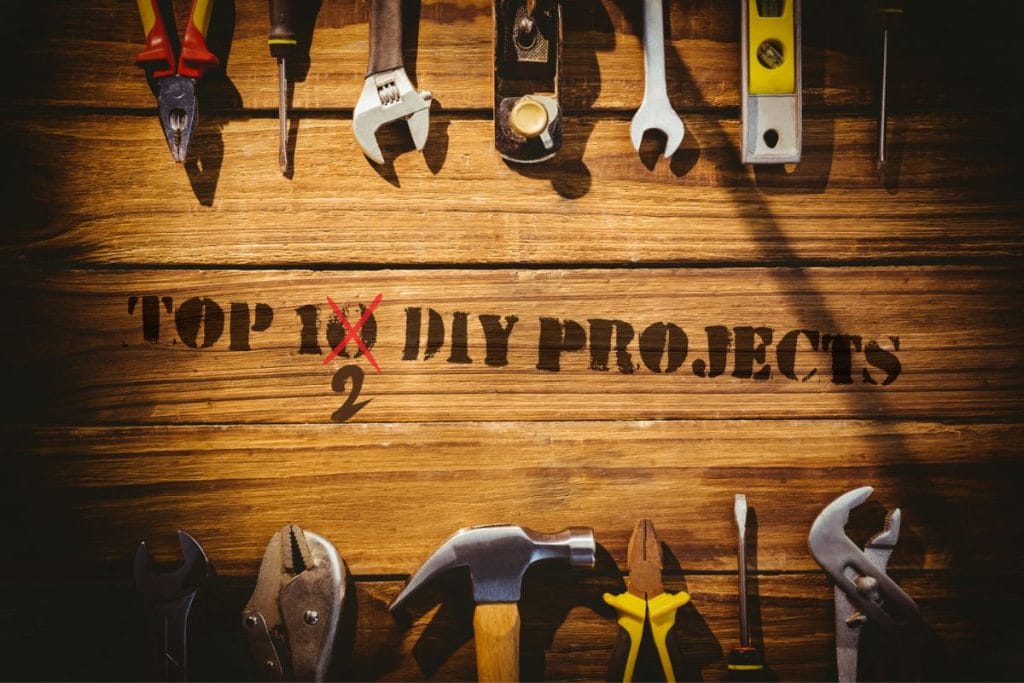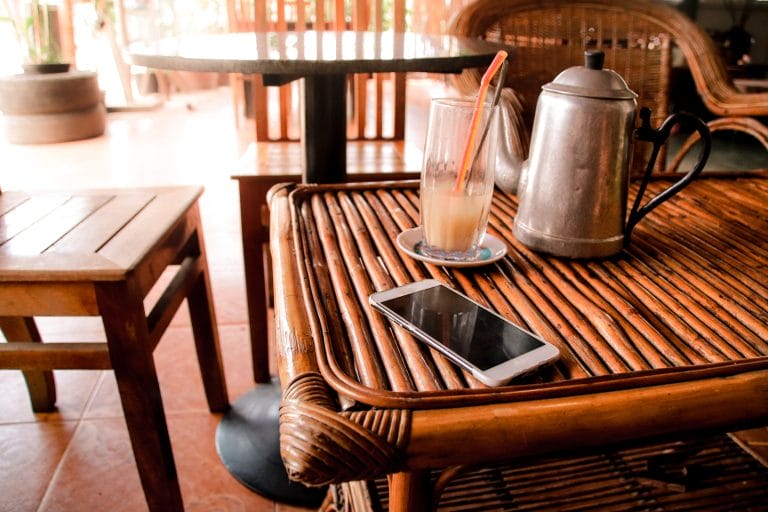Sustainable interior design is more than just a trend; it’s a small (but fun) commitment to making smarter choices for our planet, right?
I recently read about how we can go beyond merely adding a green touch to our rooms and genuinely embrace eco-friendly practices.
It’s quite cool to think about how energy efficiency, resource conservation, and choosing non-toxic materials can create spaces that are not just beautiful but also beneficial for our wellbeing and the environment.
So, let’s talk about how to achieve stylish and sustainable interiors without spending a fortune!
Quick Notes
- Sustainable interior design emphasizes eco-friendly materials and practices to reduce environmental impact.
- Incorporating energy and water efficiency strategies is crucial for sustainable living spaces.
- Enhancing indoor environmental quality is vital for occupant health and well-being.
- Choosing sustainable furniture and decor, alongside budget-friendly solutions, contributes to a greener planet.
What Actually is Sustainable Interior Design?

Sustainable interior design is about making spaces not just look great but also good for the environment and cozy for everyone in them.
This kind of design picks materials that are kind to the earth, tries to use less energy, and makes sure our homes and workplaces make us feel good and healthy.
When you choose sustainable interior design, you’re not only making your space more beautiful, but you’re also helping to reduce how much it impacts the planet and improving life for people who use it.
These ideas encourage us to go for things that last a long time and don’t harm the environment much.
By going this route, you’re doing your bit to help our planet and making sure we use our resources wisely, which really helps in tackling big issues like climate change and running out of natural stuff.
How Do You Choose Eco-Friendly Materials?
When you design the inside of a place, making sure you use resources wisely is a big deal. Choosing materials and using the space in a way that really cuts down on harming the environment.
This isn’t just for looks; it’s about being careful not to use too much stuff or create too much trash. We can help save natural resources when we try to be as resource-efficient as we can!
So, here’s three main tips to keep in mind:
- Plan your space smartly. This helps you use materials better and cut down on waste.
- Pick materials that don’t hurt the environment much and can be used again. This helps in cutting down trash and keeping things green.
- Try to use as little resources as possible with clever design choices. Make sure everything has a good reason to be there and helps in taking care of our planet.
When you follow these tips, your interior design projects won’t just look good, but they’ll also do good for the environment.

How to Be More Energy Efficient?
Want to cut down on your energy bills and be kinder to the environment? Why wouldn’t you!
Letting in as much natural light as possible not only makes your space look great but also means you don’t have to use as much electric lighting.
This is a big win for saving energy. Choosing appliances that use less energy is another smart move.
Putting your windows in the right spots and using shades smartly can help keep your home warm in winter and cool in summer, without having to always turn on the heating or air conditioning.
Using renewable energy, like solar panels, can make a huge difference too!
And don’t forget about making sure your home is well insulated and sealed up tight. This stops all that good air from sneaking out.
Water Conservation for the Win
Switching to low-flow fixtures in your house can cut down your water use by almost 30%, which is a kind of a big deal for saving water. But there’s more you can do to use even less water:
- Put in greywater systems that reuse water from your sinks and showers. This can save a lot of water by using it again for things like watering your garden or flushing toilets.
- Try xeriscaping by picking plants that don’t need much water for your garden. This way, you won’t have to water your plants as much, saving even more water.
- Gather rainwater with systems that catch it when it rains. You can use this rainwater for watering your plants, which means you won’t have to use as much water from the tap.
It doesn’t have to be that difficult (well maybe the “xeriscaping” word is a bit difficult).
Improving Indoor Air and Atmosphere
You can make your indoor space nicer and healthier with paying attention to a few key things: the air you breathe, how light it is, how it sounds, and how warm or cool it feels.
As we said, letting in natural light not only helps you save on electricity but it also makes you feel happier and more energetic, showing just how great it is to use less resources.
Thinking about how sound moves around can make your space quieter and more relaxing, which is great for focusing or chilling out.
Making sure it’s not too hot or too cold with smart heating and cooling means everyone’s comfy, no matter the season.
These are all just little steps that show how being mindful about how we use resources can make our indoor spaces better!
Why Should You Use Sustainable Practices?
Sustainable practices show us how much they can do for indoor spaces. Not only do they help the planet, but they’re also great for our wallets. Let’s look at some of the ways going green inside can really pay off:
- Save on Energy: By choosing energy-saving options, you could cut down your energy use by up to half. This is awesome because it’s not only kind to our earth but can also mean spending less on your energy bills.
- Breathe Easier: When we pick materials that are better for the environment, we also end up with cleaner air inside our homes or workplaces. Who doesn’t want that?
- Use Less Water: By getting smart about water use, we can reduce how much water buildings need by about 40%. This is another great way to help our planet and save some money too.
Going for sustainable choices in interior design is really a smart move—it’s good for us and the planet.
Yes, the initial costs may be a bit higher, but it will repay you in the long run!
Trends in Eco-Friendly Materials
We’ve got some super cool eco-friendly options that will help keeping our planet happy.
Bamboo is a big winner because it grows super fast and is super strong, making it a great choice for lots of different things in our homes.
Then there’s cork, which is really neat because you can use it without ever hurting the trees it comes from. It’s perfect for floors and walls and gives everything a unique look.
Recycled metal and glass are also stars of the show. They help us cut down on waste by giving old stuff a new life, making our homes look amazing in the process.
And who can forget about organic cotton? It’s soft, it’s cozy, and it doesn’t come with all those nasty pesticides, making it a big hug for the environment.
Finally, reclaimed wood floors offer numerous benefits. Not only can they look really cool, but they can also be seamlessly integrated with innovative floor heating systems. So I guess reclaimed wood floors can be hot too!
So, when we choose these materials, we’re making a big thumbs up to the planet, showing that we can have cool (or hot) stuff without harming our world.
Can Technology and Sustainability Go Hand in Hand?
Sustainable interior design is exciting, especially when we see how adding technology can really help us make spaces that are kind to the planet.
When we mix smart design with energy-saving tech, we’re on our way to creating spaces that are both modern and green. Here’s how you can do it:
- Smart Home Systems: Think about putting smart home systems in place. These can keep an eye on how much energy you’re using and help you use less, which is great for saving power.
- Automated Controls: Automated controls for your lights and heating can make a big difference. They adjust things so you’re using just the right amount of energy, which can really cut down on your carbon footprint.
- Sensor-Based Adjustments: Using sensors that change your lighting and HVAC based on whether people are in the room or how much natural light there is can make your living space more sustainable.
How to Find and Select Sustainable Furniture and Decor
Let’s look at how the right furniture and decor can do the same. Choosing sustainable furniture means picking materials like bamboo, reclaimed wood, and recycled metals because they’re kinder to the environment.
Keep an eye out for items with FSC or GREENGUARD labels to be sure your choices are eco-friendly.
Also, don’t forget about the charm and eco-benefits of second-hand or vintage decor. These pieces help cut down on waste and support a circular economy.
Using multipurpose furniture is another great way to make the most out of your space without adding clutter.
Plus, making your own decor from recycled stuff like glass, paper, or fabric can add a personal touch to your home while keeping things green.
What Are Some DIY Sustainable Design Projects

Sustainable DIY design does not have to be that big of a challenge, especially with our great teacher called “YouTube”.
- Give old furniture a makeover: take that old dresser or table you have lying around and spruce it up with a fresh coat of paint or some new hardware. It’s a fun way to breathe new life into something old! It’ll also be a fantastic peace of eco-friendly furniture. You do know you are not forced to go to IKEA right?
- Get crafty with cloth: instead of using disposable bags and napkins, why not make your own reusable ones? You can sew up some cute tote bags or napkins using old fabric scraps or even old clothes you don’t wear anymore.
- Bring nature indoors with a vertical garden: use recycled materials like plastic bottles or pallets to create a vertical garden on your balcony or wall. It’s a great way to add some greenery to your space and improve air quality.
- Harness the power of the sun: build your own solar-powered phone charger using a solar panel, rechargeable batteries, and a USB port. It’s a cool way to reduce your reliance on traditional electricity sources. But it might be the most challenging one on the list!
- Turn food scraps into gold with composting: start a compost bin in your backyard or even under your sink using a worm composting setup. You’ll be amazed at how your food scraps turn into nutrient-rich soil for your plants!
- Collect rainwater for your garden: set up a rain barrel to collect rainwater from your roof. It’s an easy way to conserve water and keep your garden hydrated during dry spells.
- Brighten up your space with DIY lighting: swap out your old light bulbs for energy-efficient LED ones. You can also get creative and make your own lampshades using sustainable materials like bamboo or recycled paper.
- Craft your own eco-friendly workspace: create a greener home office, opt for energy-efficient lighting, eco-friendly supplies, minimal paper usage, and sustainable furniture, while managing waste responsibly.
- Mix up your own eco-friendly cleaners: whip up your own cleaning products using ingredients like vinegar, baking soda, and essential oils. They’re safe, effective, and much better for the planet than store-bought cleaners.
- Ditch the plastic wrap for Beeswax wraps: make or buy your own beeswax wraps to use instead of plastic wrap. They’re reusable, eco-friendly, and perfect for keeping your food fresh!
- Revamp your wardrobe with DIY clothing projects: Give your old clothes a makeover by repairing tears, replacing buttons, or even adding some fun embroidery. It’s a great way to breathe new life into your wardrobe without buying new stuff.
- Use reclaimed wood: Reclaimed wood is a great way to upcycle wood you would otherwise throw away. In lots of cases, you can sand, oil and/or paint to reuse it.
These projects are not only fun to do but also help reduce waste and promote sustainability in your everyday life. So why not give one (or more) of them a try?
Allright, thats i for now. I hope this post gave you some (realistic) ideas of what sustainable design is and how you can start making your life a little brighter. Remember, the little steps count too!

